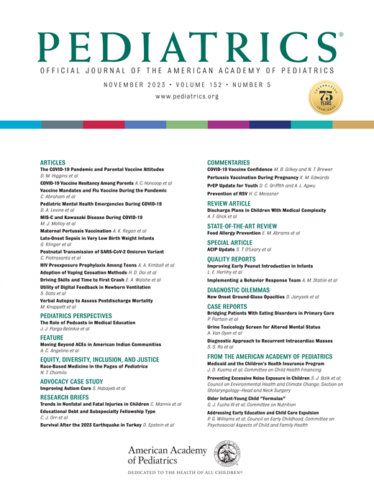Young drivers are overrepresented in crashes, and newly licensed drivers are at high risk, particularly in the months immediately post-licensure. Using a virtual driving assessment (VDA) implemented in the licensing workflow in Ohio, this study examined how driving skills measured at the time of licensure contribute to crash risk post-licensure in newly licensed young drivers.
This study examined 16 914 young drivers (<25 years of age) in Ohio who completed the VDA at the time of licensure and their subsequent police-reported crash records. By using the outcome of time to first crash, a Cox proportional hazard model was used to estimate the risk of a crash during the follow-up period as a function of VDA Driving Class (and Skill Cluster) membership.
The best performing No Issues Driving Class had a crash risk 10% lower than average (95% confidence interval [CI] 13% to 6%), whereas the Major Issues with Dangerous Behavior Class had a crash risk 11% higher than average (95% CI 1% to 22%). These results withstood adjusting for covariates (age, sex, and tract-level socioeconomic status indicators). At the same time, drivers licensed at age 18 had a crash risk 16% higher than average (95% CI 6% to 27%).
This population-level study reveals that driving skills measured at the time of licensure are a predictor of crashes early in licensure, paving the way for better prediction models and targeted, personalized interventions. The authors of future studies should explore time- and exposure-varying risks.
Authors
- Elizabeth A. Walshe
- Michael R. Elliott
- Shukai Cheng
- Daniel Romer
- Allison E. Curry
- David Grethlein
- Alexander K. Gonzalez
- Flaura K. Winston



